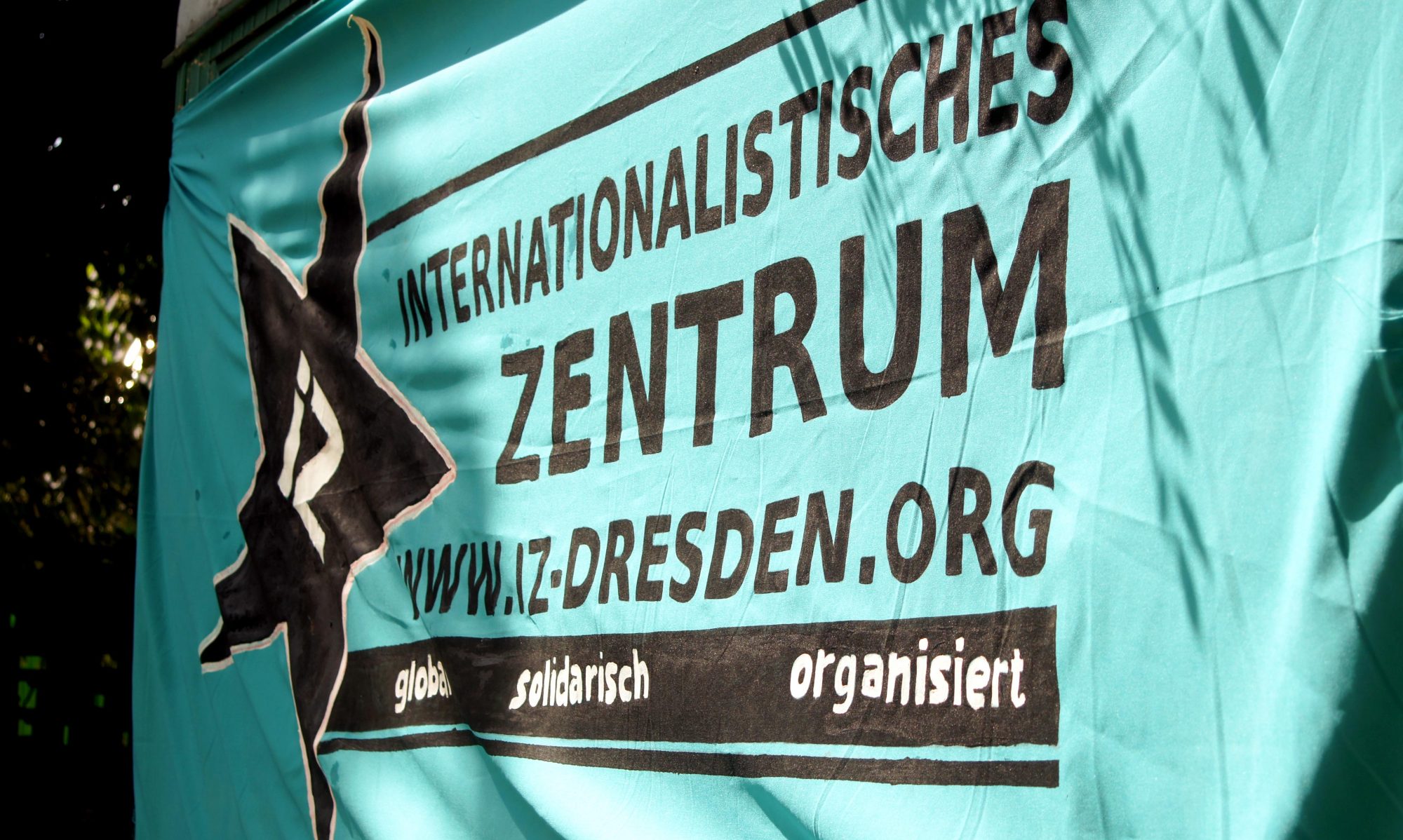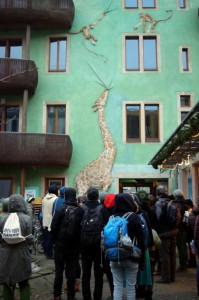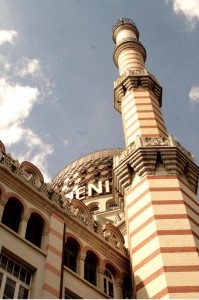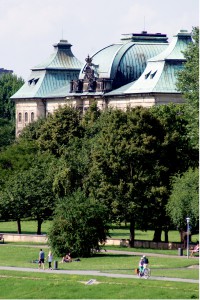The next guided city walk takes place at the 21th March 2016 on occasion of the “international day against racism”. Meeting point is the “Jorge-Gomondai-Platz” (Jorge Gomondai square). It will be in german, if you prefer englich, please write us: dresden-postkolonial [at] riseup.net
We provide guided city tours about the colonial past and the postcolonial present in Dresden on a regular basis. We provide one (rather historical) walk through Dresden old city and one (more current) tour through Dresden Neustadt. Both guided walks start at „Jorge-Gomondai-Platz“ (Jorge Gomondai square) and take about 1.5 to 2 hours. If you are interested in a guided city walk on a date of your choice, for examplefor your group, school or seminar, please contact us: dresden-postkolonial [at] riseup.net. Usually, the tour is in german, if you prefer english, please write us.
Guided city walk through Dresden old city
We discuss the tracks of the colonial past and postcolonial present in Dresden. What does a building like the “Japanisches Palais” (japanese palais) tell us about exotism and the european perspective on “other” cultures? At the same time, we want to ask how the associated “images” are working until now: What is the connection between the past and the contemporary perception of “otherness” or social phenomena like racism? The guided city tour through the old town takes you from “Jorge-Gomondai-Platz” (Jorge Gomondai square) to “Yenidze” and the famous “Fürstenzug” (cortege of princes). Are there connections between this places? What do they tell us?
Guided city tour through Dresden Neustadt
What is the relationship between Dresden Neustadt and Germany’s colonial past? Postcolonial perspectives show interesting facts about Dresden Neustadt. The postcolonial city tour tells stories about places, buildungs and people and doesn’t only raise questions about old and new images of „foreign“ people and places, but also addresses social phenomena like racism and xenophobia. The tour takes you to stories from the „Orient“ and „Tikkipop“ while trying to take a look behind the scenes of a „multicultural, colorful“ Neustadt.



